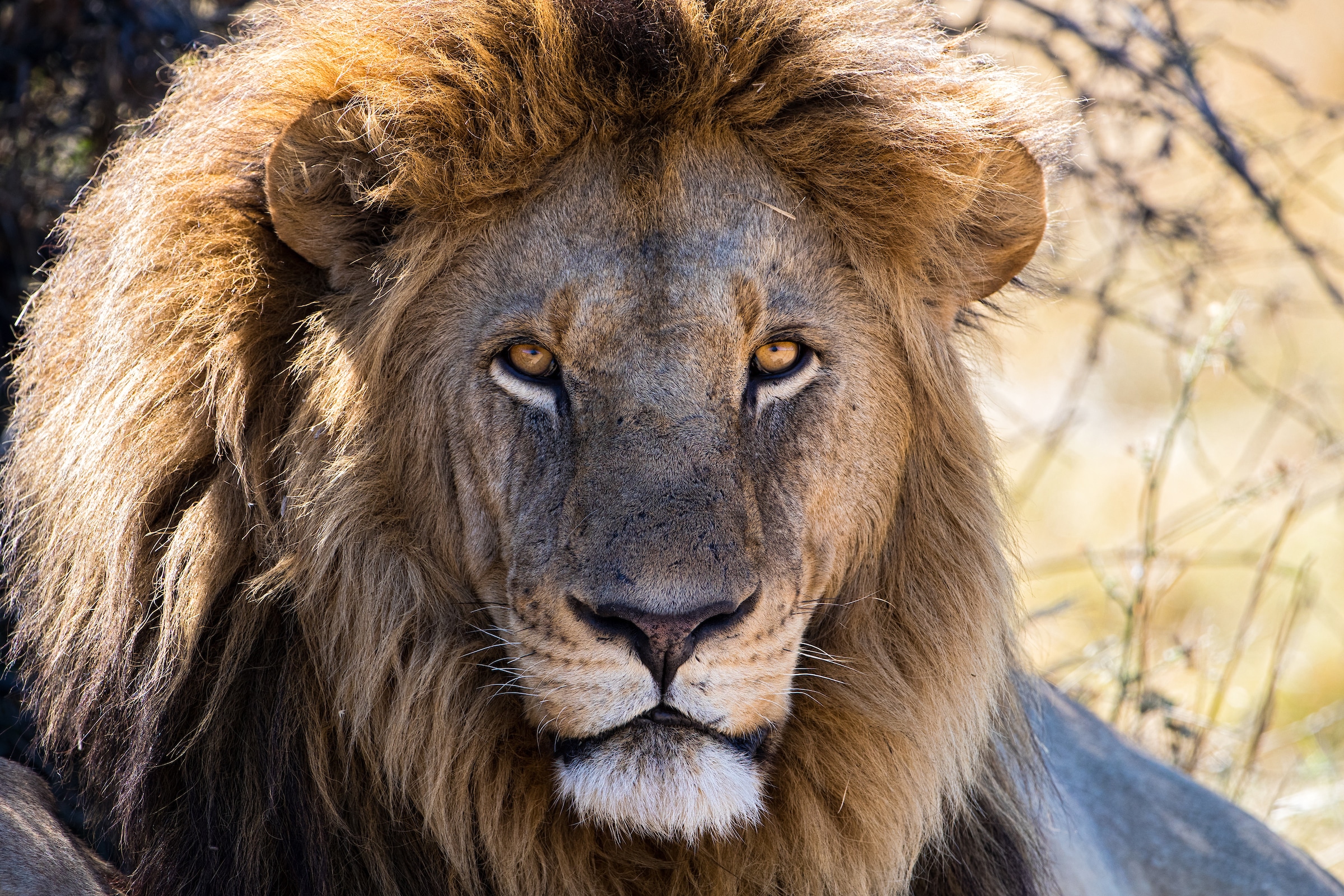The lion is known as the king of the beasts, and with a title like that, it’s easy to assume that they must dominate their surroundings with ease. In many cultures, lions are symbols of power, courage, and leadership, but the true life of a male lion paints a different picture. An article recently published by Dr. Peter Lindsey, Director of the Lion Recovery Fund (LRF), and two other researchers utilizes data collected from conservation organizations, scientists, and safari guides in the Maasai Mara to highlight an important truth—a male lion’s life is very dangerous and often short.

At no time is a male lion’s life safe, but their chances of survival are the worst during their first year. Half of all male lions will die in their first year of life, either killed by other animals or often by older male lions that did not father them. Incoming males will try to take over prides, and if they are successful, they will kill the cubs of other males so that it accelerates the onset of estrus in the pride’s females.

If a male lion manages to survive to be three years old, it departs its pride to begin a nomadic life. This is another dangerous time for young males as they wander along the edges of the established territory of older males. Most young males will not make it to the age of ten. While living as nomads, young males will eventually join up with their cousins, brothers, and sometimes unrelated males to form coalitions that boost their chance of securing their own territory. The size of a male lion’s coalition is usually what determines his survival.

A male lion’s three main objectives are to mate, protect and fight. During the age range of five to nine, a male lion will try to produce as many offspring as possible and guard as many prides as it can. Defending territory and the right to breed is what consumes the male lion’s life, and often leads to confrontations with other males who share the same objectives.

Although male lions will always be known as the king of the beasts, they certainly do not live the life of kings. They lead extremely vulnerable and brutal lives where safety is never guaranteed. And while male lions certainly pose great danger to each other, humans remain the greatest threat that a lion will ever face. Human-lion conflict, retaliatory killing, and poaching are the primary pressures from humans that put the future of lions in jeopardy.

The LRF continues to support the work of conservation groups across Africa to create a safer future for lions and foster coexistence between lions and people throughout shared landscapes.
Read more about the turbulent life of male lions in the full article.

